Political campaigns are the eternal engine of the political process. They mobilise party members, supporters and voters. They ensure that politicians and political staff are energised and focused. They push forward new creative ideas and modes of agitation while safeguarding democratic values l.
At the same time, political campaigns are extremely resource-consuming and exhausting. Understanding how to manage recovery time between campaigns is crucial for maintaining an engaged and effective team.
Assessing recovery needs
There is a popular saying that the campaign starts the next day the campaign ends. As cool and important as it sounds, in reality, political managers have to properly plan time and process to ensure that political staff have somewhere from two weeks to a month to recover from intense campaign mode.
The recovery time between political campaigns can vary significantly depending on the scale and intensity of the preceding campaigns, the resources available to the political party, and the timing of next electoral campaigns or political events. For instance, 2024 is packed with elections in Lithuania (presidential, European, and national), requiring quick recoveries. In neighbouring Latvia, the previous electoral cycle spanned from 2017 until 2022 with different elections happening each year, allowing for longer recovery periods.
Note, that time to recover for some political staffers does not mean that the party operations take a break altogether. This is usually the time of coalition building – so lots of work for politicians and their advisors, but campaign staff can easily use this time to take a break and recover.
Strategic team management
With one campaign finished and time for recovery passed, political staffers are ready to return and work on the next campaign. Even if the previous campaign was successful, political managers should not automatically assemble the same team for the next one. It is important to view each campaign separately, to identify key targets and best fit professionals for the job. And even if after careful assessment all previous campaign team members qualify to continue the job, use this time to introduce new team members and regroup.
Having the same group of people doing the same job for a long period of time may end up in losing sharpness, less innovation, or simply not seeing the big picture. In other words, regroup and make sure you have “new blood” in the team. Note that we are talking about the core campaign team and not just new cooperation partners like media agencies or other service providers.
Recharge and reinvigorate
Now that campaign team and political staff have recovered and regrouped, it is time to recharge your staff and the organisation. Political campaigns are special beasts. Yes, they are strategic, data-based, consequential, and so on. But they are also extremely emotional and metaphysical, so it is extremely important to pay attention to the internal energy of the team and organisation as a whole.
In your planning, dedicate enough resources and time to recharge. Recharging can encompass various things, from team-building and strategy seminars for the teams and party leadership to community outreach efforts to maintain visibility, build relationships with supporters, and gather feedback on previous campaign, policy priorities and voter concerns.
Of course, each organisation is different with its unique blend of experience, talent, goals, and resources available. Hence, the recharging process can vary significantly. The key to a successful transition is planning and people skills. Make sure you provide enough space and time for staff recovery, be critical during the regrouping period, and creative during the recharging phase.


